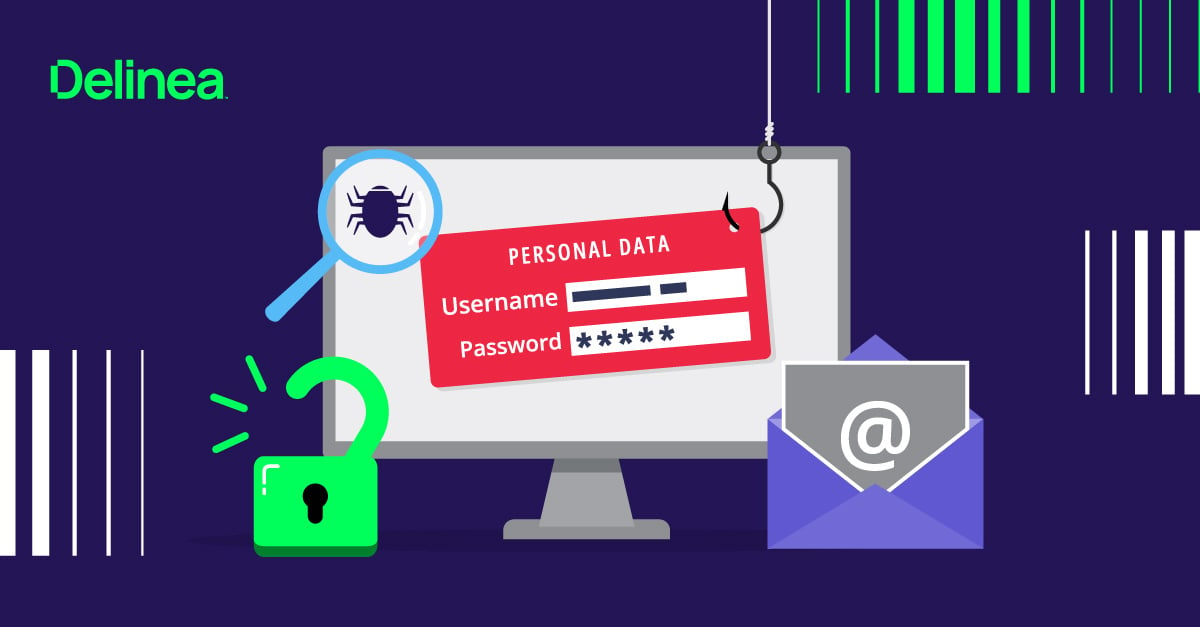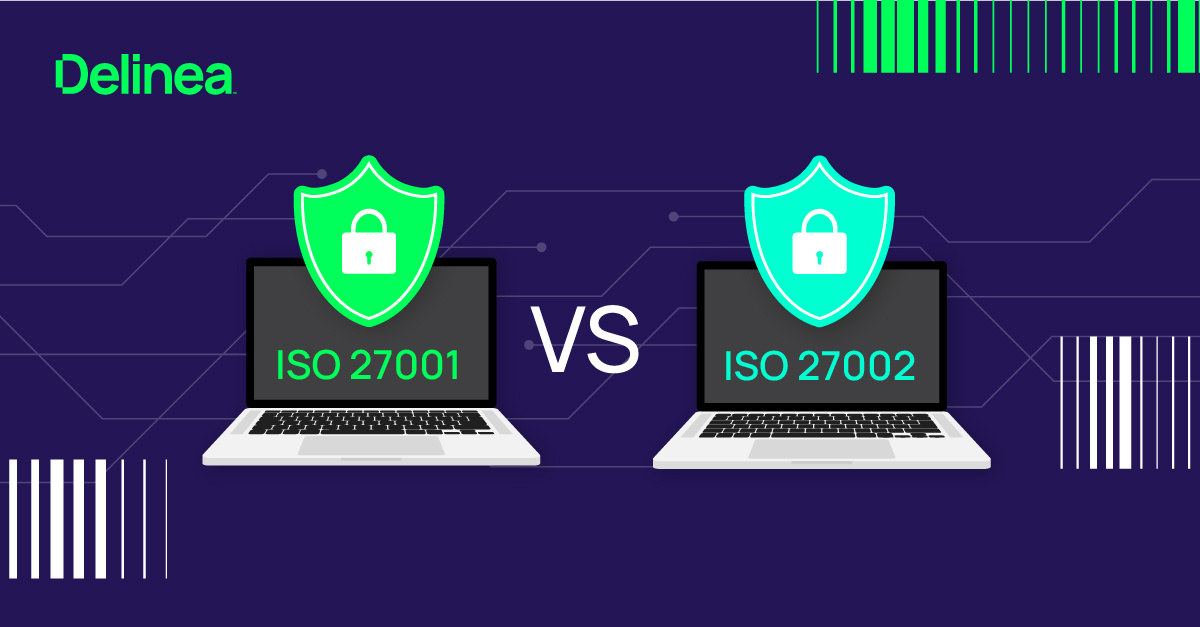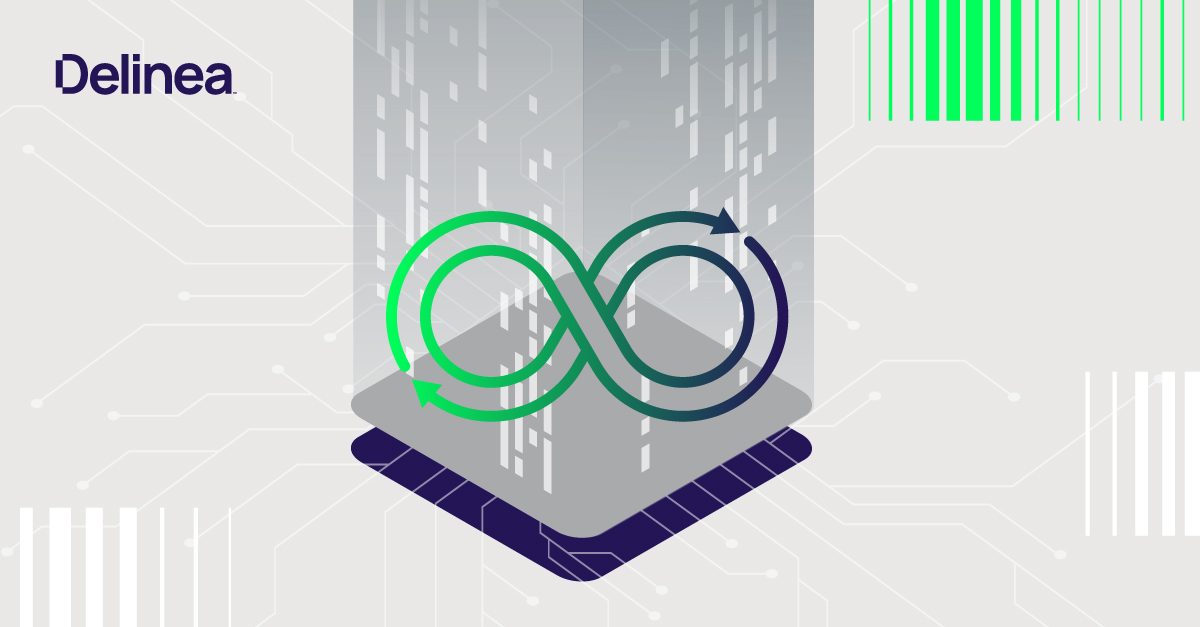NIST vs. ISO: Understanding the difference
Protecting your organization’s data is more critical now than ever.
Whether you're a small startup or a large enterprise, choosing the right cybersecurity framework is essential for managing risk and staying ahead of threats. That’s where NIST's Cybersecurity Framework (CSF) and ISO 27001 come into play. But how do you decide between the two?
In this article, we’ll break down the key differences between NIST CSF and ISO 27001, helping you decide which framework best suits your organization’s needs. You’ll get a clear understanding of what each framework offers, where they overlap, and how they can work together to safeguard your business.
What is the NIST Cybersecurity Framework (CSF)?
The NIST Cybersecurity Framework (CSF) was developed by the U.S. National Institute of Standards and Technology (NIST). It’s designed to help organizations—especially those just starting their cybersecurity journey—build and manage a flexible, scalable defense against cyber threats.
Key components of NIST CSF
NIST CSF is built on three main components: Framework Core, Implementation Tiers, and Profiles. Each part plays a role in guiding organizations through different levels of cybersecurity readiness.
Framework core: The foundation of NIST CSF is a set of five key functions—Identify, Protect, Detect, Respond, and Recover. These functions help businesses understand their cybersecurity risks, implement safeguards, and respond to incidents swiftly.
Implementation tiers: NIST’s maturity model is based on four tiers, ranging from Partial (Tier 1) to Adaptive (Tier 4), allowing businesses to assess and improve their cybersecurity maturity over time.
Profiles: Profiles enable organizations to map their cybersecurity activities to their business goals, offering a tailored approach to risk management. They’re practical tools for identifying gaps and improving security postures.
Why use NIST CSF?
NIST CSF is especially appealing to U.S.-based companies and government contractors because of its flexibility and no-cost access. It’s an excellent option for organizations looking to reduce cyber risks without the burden of formal certification processes.

Need to meet NIST SP 800-171 Requirements?
What is ISO 27001?
ISO 27001 is an internationally recognized standard that provides a comprehensive framework for developing and maintaining an Information Security Management System (ISMS). Developed by the International Organization for Standardization (ISO), it is widely used by organizations that need global recognition for their cybersecurity practices.
Key components of ISO 27001
ISO 27001 takes a systematic approach to managing sensitive company data. Here’s how it works:
Certification process: ISO 27001 requires a formal certification process conducted by third-party auditors. This process verifies that your organization is following the best practices outlined in the standard. Certification is valid for three years, with yearly surveillance audits to maintain compliance.
ISMS: The framework is focused on building an ISMS, which ensures that data is managed securely through processes that prioritize confidentiality, integrity, and availability.
Why use ISO 27001?
ISO 27001 is ideal for businesses that handle sensitive data, operate in highly regulated industries, or seek international credibility. The certification provides a competitive edge, demonstrating to partners and clients that your organization takes security seriously.
Related reading: ISO 27001 vs ISO 27002: Understanding the difference
Where NIST CSF and ISO 27001 align
Despite their differences, NIST CSF and ISO 27001 share several similarities:
- Risk management focus: Both frameworks are designed to help organizations manage cyber risks through structured approaches.
- Flexibility: They’re adaptable to various industries and organizational needs, whether you’re a small business or a large enterprise.
- Regular updates: NIST and ISO ensure their frameworks stay current with the evolving cybersecurity landscape by providing periodic updates.
NIST CSF vs. ISO 27001: What sets them apart?
While both NIST CSF and ISO 27001 offer robust cybersecurity frameworks, they have distinct differences that might make one more suitable than the other for your business.
1. Risk maturity
- NIST CSF is perfect for organizations just getting started with cybersecurity. Its flexibility allows businesses to begin building a solid defense without the need for advanced infrastructure.
- ISO 27001, on the other hand, is tailored for more mature organizations that have already established cybersecurity practices and are seeking formal certification to validate their efforts.
2. Certification
- NIST CSF doesn’t offer formal certification, which can be a pro or con depending on your needs. For businesses focused on flexibility and cost-efficiency, this lack of certification can make implementation easier and faster.
- ISO 27001, however, provides a globally recognized certification that demonstrates a company’s commitment to security. This can be essential for businesses looking to operate in regulated industries or on a global scale.
3. Cost
- NIST CSF is free to access and implement, making it an appealing option for startups and smaller businesses that need to manage cybersecurity on a budget.
- ISO 27001 involves costs for certification, auditing, and continuous compliance, making it a more resource-intensive option for organizations ready to invest in formal cybersecurity practices.
Pros and cons of NIST CSF and ISO 27001
NIST CSF
Pros:
- Flexible, scalable, and cost-effective.
- Great for organizations just starting their cybersecurity journey.
- Free to implement with no certification requirement.
Cons:
- Lack of certification might be a disadvantage for companies that need third-party validation.
- May not provide the detailed governance that mature organizations require.
ISO 27001
Pros:
- Globally recognized certification builds trust and credibility.
- Well-suited for large enterprises and regulated industries.
- Offers a structured approach to building a secure ISMS.
Cons:
- Higher costs for certification and compliance.
- Requires more resources and dedicated personnel for implementation.
Which framework is right for your business?
The decision between NIST CSF and ISO 27001 boils down to your business’s maturity, goals, and risk management needs.
NIST CSF is a great fit for businesses that are just beginning to tackle cybersecurity. It’s easy to implement, cost-effective, and provides a strong foundation for building security measures.
ISO 27001 best suits established organizations looking for a formal certification to demonstrate their commitment to security. It’s especially useful for companies operating in regulated industries or seeking international credibility.
Can you use both frameworks?
Absolutely. Many organizations find that starting with NIST CSF and transitioning to ISO 27001 as they mature provides the best of both worlds. NIST CSF offers a flexible, low-cost starting point, while ISO 27001 can build on that foundation, offering certification and a more formalized approach to managing risks.
Both NIST CSF and ISO 27001 provide valuable tools for improving cybersecurity. The choice between the two depends on your organization’s current needs and long-term goals. If you’re just getting started, NIST CSF is a great, flexible option. For more mature organizations, ISO 27001 offers a structured, globally recognized approach to managing risks.
No matter where you are on your cybersecurity journey, both frameworks offer pathways to stronger defenses. Start with what works for your business, and as you grow, consider integrating the two for a comprehensive strategy that evolves with your needs.


